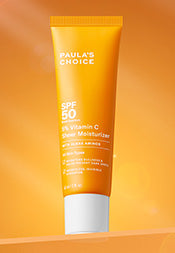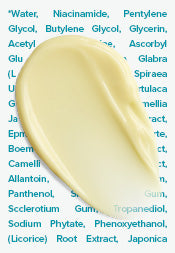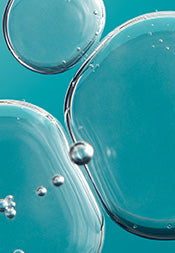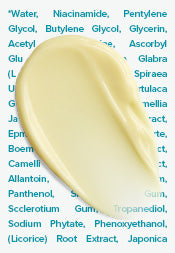Centella Asiatica (Cica) for Skin
If you’re a fan of Korean skincare (aka K-beauty), you’ve probably heard about the ingredient Centella asiatica or cica. Known by a variety of names, including Brahmi, Asiatic pennywort, tiger grass, and Gotu kola, this plant extract is hailed as a hydrating skin-saver. Centella asiatica is included in numerous moisturizers from South Korean brands, often labelled “cica creams,” and, not surprisingly, it's also garnering interest from Western beauty brands due to its skin benefits.
What is Centella asiatica or cica?
Centella asiatica (cica) is a perennial herb that grows primarily in Asia. For years, it’s had both culinary and medicinal uses, but like many traditional plant extracts, it’s gaining popularity as a skincare ingredient.
This swamp-dwelling herb first started appearing in South Korean cica creams a few years ago, although U.S. brands from Estee Lauder have used it off and on over the years—they just didn’t call them cica creams.
What can Centella asiatica do for skin?
Quite a few studies show that Centella asiatica is really beneficial to skin, thanks to its active compounds, including madecassoside, which serves as an antioxidant. Centella asiatica as a whole offers potent antioxidant properties, and there’s additional research showing it to be a rich source of Amino acids to soothe upset or compromised skin, while also improving hydration (1,2,3,4).
There's also evidence that Centella asiatica products can help revitalise the skin's protective barrier, plus they may mitigate some of the visible effects of sun damage (5,6).
Does Centella asiatica brighten skin?
While there’s no strong evidence suggesting Centella asiatica is a key ingredient for brightening skin, its antioxidant properties may help prevent skin dulling to a certain degree by interrupting the cascade of negative effects from environmental stressors. In other words, don’t count on Centella asiatica to visibly fade dark spots or brighten your complexion as a primary benefit, but it has potential as a supporting ingredient in formulas that tackle these concerns.
Is Centella asiatica good for acne?
Centella asiatica is not officially recognised as an anti-acne ingredient. That said, its soothing properties can complement key acne-fighting ingredients by helping keep skin calm and visibly reduce redness while the actives get to work. Furthermore, Centella asiatica’s ability to strengthen the skin's protective barrier is a welcome benefit for helping any type of compromised skin recover, including acne-prone.
Researchers are particularly interested in conducting further studies in this regard, using the purified form of madecassoside from Centella asiatica (7).
The bottom line: While many natural ingredients are big on talk, but small on results, Centella asiatica really does have a lot of benefits to offer skin. It can be used by all ages, skin types, and ethnicities, and is even suitable for skin prone to Rosacea.
Learn more about popular skincare ingredients like niacinamide, hyaluronic acid, and vitamin C.
References for this information:
Journal of Advanced Pharmaceutical Technology & Research, October 2020, pages 174-178
Indian Journal of Pharmaceutical Sciences, Jan-Feb 2016, pages 27–33
Clinical, Cosmetic, and Investigational Dermatology, August 2017, pages 311–315
Oxidative Medicine and Cellular Longevity, September 2020, pages 1-16
Postepy Dermatologii I, February 2013, pages 46–49
Indian Journal of Pharmaceutical Sciences, 2010, pages 546–556
Evidence-Based Complementary and Alternative Medicine, November 2021, pages 1-8











